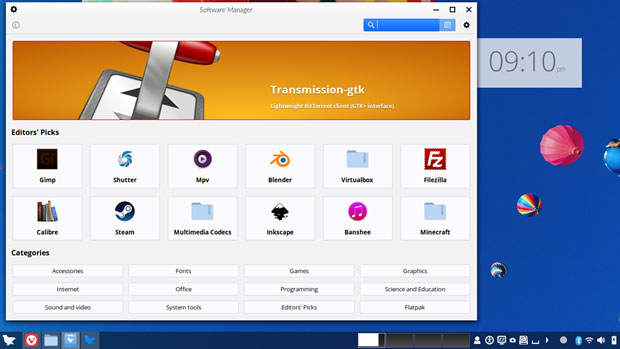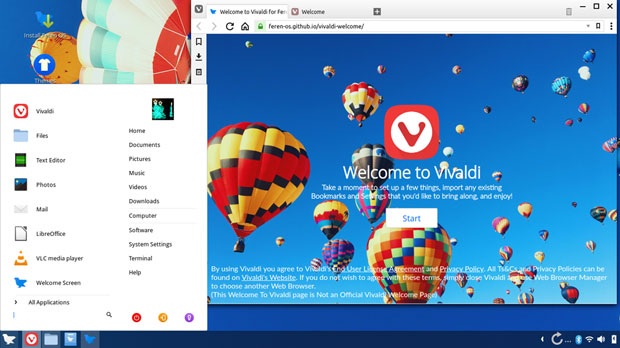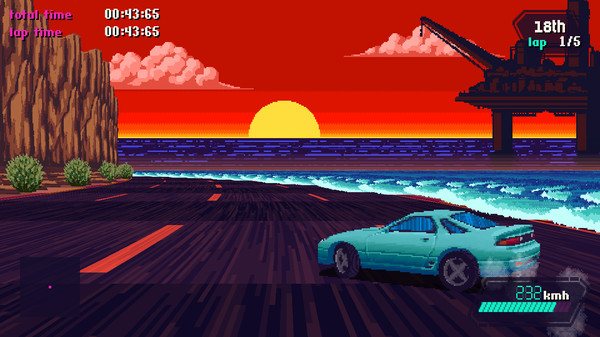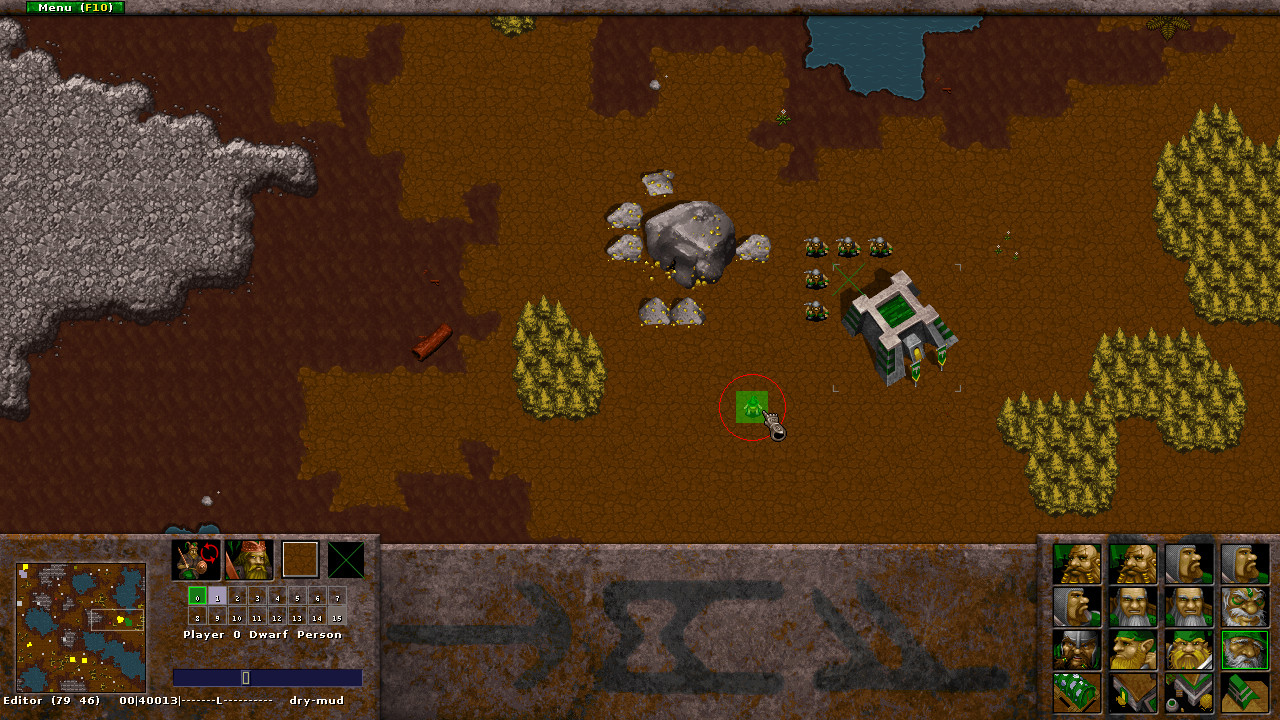 System76 has launched a line of mostly open hardware, Ubuntu-equipped “Thelio” desktop PCs built in Colorado with a choice of AMD and Intel CPUs.
System76 has launched a line of mostly open hardware, Ubuntu-equipped “Thelio” desktop PCs built in Colorado with a choice of AMD and Intel CPUs.
We don’t regularly cover mainstream desktop and laptop computers, even when they ship with Linux, but System76’s Thelio is anything but mainstream. The x86-based Thelio computers are preloaded with either Ubuntu 18.04 LTS or the same Ubuntu-based, encryption enhanced Pop!_OS! distro that appears on its Linux-based laptops such as last year’s Intel Coffee Lake based Galago Pro. Unlike the Denver-based company’s earlier systems, this is fan-cooled desktop PC with a custom chassis built primarily with open source hardware (see farther below).
Thelio, Thelio Major, and Thelio Massive (left) and internal view
(click images to enlarge)
The gaming ready Thelio line is available in three models with AMD or Intel processors and a variety of customizations including additional graphics cards, M.2 storage devices, and more. All the systems ship standard in either Walnut or Maple styling with 802.11ac (WiFi 5) with Bluetooth, as well as the base level RAM shown below.
The systems default to a 250GB NVMe M.2 SSD, with other M.2 and SATA storage options ranging to 24TB (Thelio), 46TB (Major), and 86TB (Massive). You pay extra for keyboard, mouse, display, speakers. You also pay for higher-end or additional CPU and GPU, as well as additional RAM and storage.
The Thelio, Thelio Major, and Thelio Massive are detailed here in their default configurations and prices:
- Thelio — Ryzen 5 2400G with 4x dual-threaded 3.6GHz/3.9GHz cores (optional extra cost Ryzen 7 or Intel Core); 8GB to 32GB DDR4; 324 x 207 x 209mm; $1,099 and up
- Thelio Major — Ryzen Threadripper 1900X with 8x, dual-threaded 3.8GHz/4.0GHz cores (or Intel Core X-Series); Radeon RX 5500 GPU with 2GB RAM and 512 cores; 16GB to 128GB DDR4; 1300W power supply; 462 x 262 x 408mm; $2,299 and up
- Thelio Massive — Intel Xeon Bronze 3104 with 6x single-threaded 1.7GHz cores (optional, extra-cost dual-threaded Xeons with 8x to 28x cores and/or CPU option for second Xeon 3104); Radeon RX 5500 GPU with 2GB RAM and 512 cores; 16GB to 384GB DDR4 (768GB with 2nd Xeon); 1600W power supply; 492 x 262 x 527mm; $2,899 and up
All three Thelio system are available with optional GPU boards that can be used in conjunction with integrated graphics. As shown in the spec list below, the choice of GPU also dictates what display ports you get.
Thelio internal views
(click images to enlarge)
The base level Thelio lets you choose between the AMD Radeon RX 550/580, Nvidia GeForce 2070/2080, and Titan V graphics cards, or if you’re going with an Intel Core system, the built-in Intel UHD Graphics 630. The Major and Massive systems offer a slightly broader range of choices shown below, and can also load up to 4x GPUs, as long as you don’t mix and match AMD and Nvidia modules:
- Radeon RX 550: 1× DisplayPort, 1× HDMI, 1× DVI
- Radeon RX 580: 3× DisplayPort, 1× HDMI, 1× DVI
- RX Vega 64: 3× DisplayPort, 1× HDMI
- GeForce RTX 2070: 3× DisplayPort, 1× HDMI, 1× USB Type-C
- GeForce RTX 2080: 3× DisplayPort, 1× HDMI, 1× USB Type-C
- GeForce RTX 2080Ti: × DisplayPort, 1× HDMI, 1× USB Type-C
- Titan V: 3× DisplayPort, 1× HDMI
The standard Thelio and the Thelio Massive each ship with 2x GbE ports while the Major only has one. The Thelio provides 4x USB 3.1 Gen 1 ports and a single USB 3.1 Type-C port. The Major adds a bank of 4x USB 3.1 Gen 2 ports for 8x host ports overall, and the Massive offers 10x USB 3.0 ports, but no Type-C port. The Massive also adds 2x eSATA ports and an S/PDIF port in addition to the standard trio of audio jacks found on all the systems.
Thelio rear view (left) and homegrown Thelio Io board
(click images to enlarge)
The Thelio features oversized fans and heat pipes that rapidly draw heat from the CPU. Ducts direct the hot air out of the system. “”To maximize performance, Thelio is constructed to prevent throttling of all components inside,” says System76.
A homegrown, open source Thelio Io daughter board acts as a chassis controller, hard drive backplane, and thermal controller. The Thelio thermal system uses motherboard data, fan speed, and GPU and OS data to coordinate optimal airflow. The Thelio Massive offers an additional home-grown open source board: referred to as an SAS backplane for high performance 2.5-inch PCIe storage.
Aiming for open hardware
The Thelio systems are OSHWA certified open hardware, offering the same open source CC-BY-SA (Creative Commons Attribution-ShareAlike) license used by the BeagleBone boards. You also get GPLv3 licensed, Ubuntu based firmware.
Like Olimex’s community backed Teres-A64 laptop, Thelio is not as open source as your typical open-spec hacker board. This is due to the variety of components demanded by PC customers that are hard to find with open source licensing. In addition, like most hacker boards — with the exception of SiFive’s expensive, RISC-V based HiFive Unleashed development board — it’s powered by mostly proprietary CPUs and GPUs.
Thelio, Thelio Major, and Thelio Massive
(click image to enlarge)
Nevertheless, the Thelio systems are said to be certified by
(Open Source Hardware Association) as being open hardware. As explained in System76’s
on open hardware, every effort was made to select open source components or build them inhouse.
In the past, like fellow Linux laptop specialists ZaReason, System76 has primarily been a system integrator, offering highly customizable laptops pre-loaded with Linux. For the Thelio, however, it built its own factory and manufactured the chassis and some of the components itself. “To remove functionality from the proprietary mainboard,” System76 designed the open source Thelio Io daughter board.
As celebrated in the betanews story that alerted us the Thelio, the computer is also notable for being primarily made in the U.S. This may not mean much if you live elsewhere, but it’s a selling point for some U.S. buyers ranging from American Firsters to environmentally conscious techno-locavores.
Further information
The Thelio computers are available for pre-order starting at $1,099, with shipments beginning in early December. More information may be found on System76’s Thelio product page (specs are at the bottom), which offers links to individual shopping configurator pages. Thelio and Thelio Io design files may be found on the Thelio GitHub page.











 Jack M. Germain has been an ECT News Network reporter since 2003. His main areas of focus are enterprise IT, Linux and open source technologies. He has written numerous reviews of Linux distros and other open source software.
Jack M. Germain has been an ECT News Network reporter since 2003. His main areas of focus are enterprise IT, Linux and open source technologies. He has written numerous reviews of Linux distros and other open source software.


